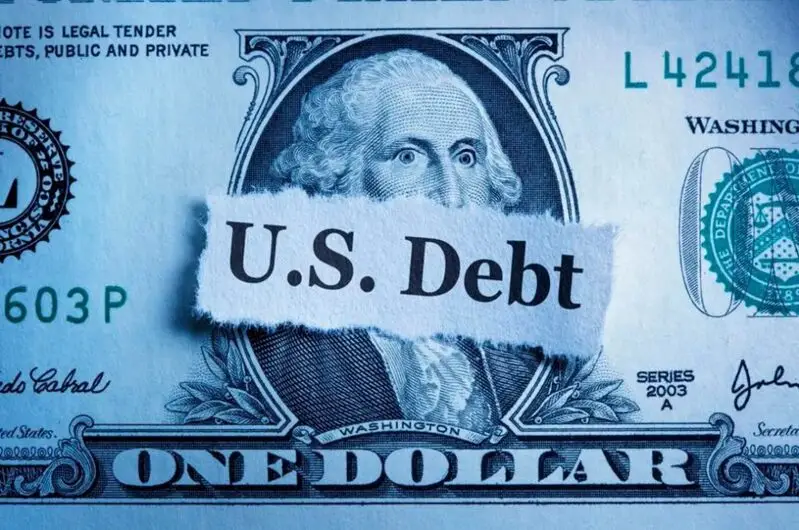The US dollar is witnessing one of its most violent value declines in decades. The American currency is experiencing stark volatility as the USD continues to battle the US debt spiral, alongside weak economic statistics. Whether it’s about Trump’s tariffs or de-dollarization, the USD has to bear the brunt of it all, tanking violently as a result. That being said, is the dollar’s future truly secure, or is it meant to go down further? How can investors protect themselves from this spiral? Here’s what Barclays has to add to this.
Also Read: BRICS Just Unveiled the Plan to Replace US Dollar Worldwide
Barclays Dollar Dynamics

The US dollar is out battling aggressive market forces. The dollar has lost 40% of its purchasing power since 2000 and continues to project a wobbly stance as Fed rate cut anticipation continues to intensify. At the same time, the US dollar is now declining at a rapid pace, with elements like the US government shutdown and weak economic data weighing on the American currency.
Barclays later predicted how the USD “could” capitulate further, with Fed rate cuts and political pressure pushing the dollar down a notch.
“With Fed independence under political pressure and a lack of clarity on how to reduce the US budget deficit, the US dollar could capitulate further.”
How to Safeguard Investor Sentiment, per Barclays
Barclays has suggested diversification as an effective key to staying afloat during a weak US dollar crisis. The leading financial service provider shared how, when the greenback weakens, investments in metals, cash, and nominal bonds have historically performed better than most.
“With Fed independence under political pressure and a lack of clarity on how to reduce the US budget deficit, the USD could capitulate further. Counterbalancing this risk is the currency’s tendency to appreciate in a global recession due to its safe-haven status and a lack of alternatives able to absorb the quantity of dollars traded. Historically, when the greenback has weakened, international equities particularly US exporters that stand to benefit from a weakening dollar—and precious metals have tended to perform more resiliently. At the same time, cash and nominal bonds have historically played a key role in helping to manage overall portfolio risk.”
Also Read: Wells Fargo Predicts the US Dollar’s Fate Amid BRICS Conflict






